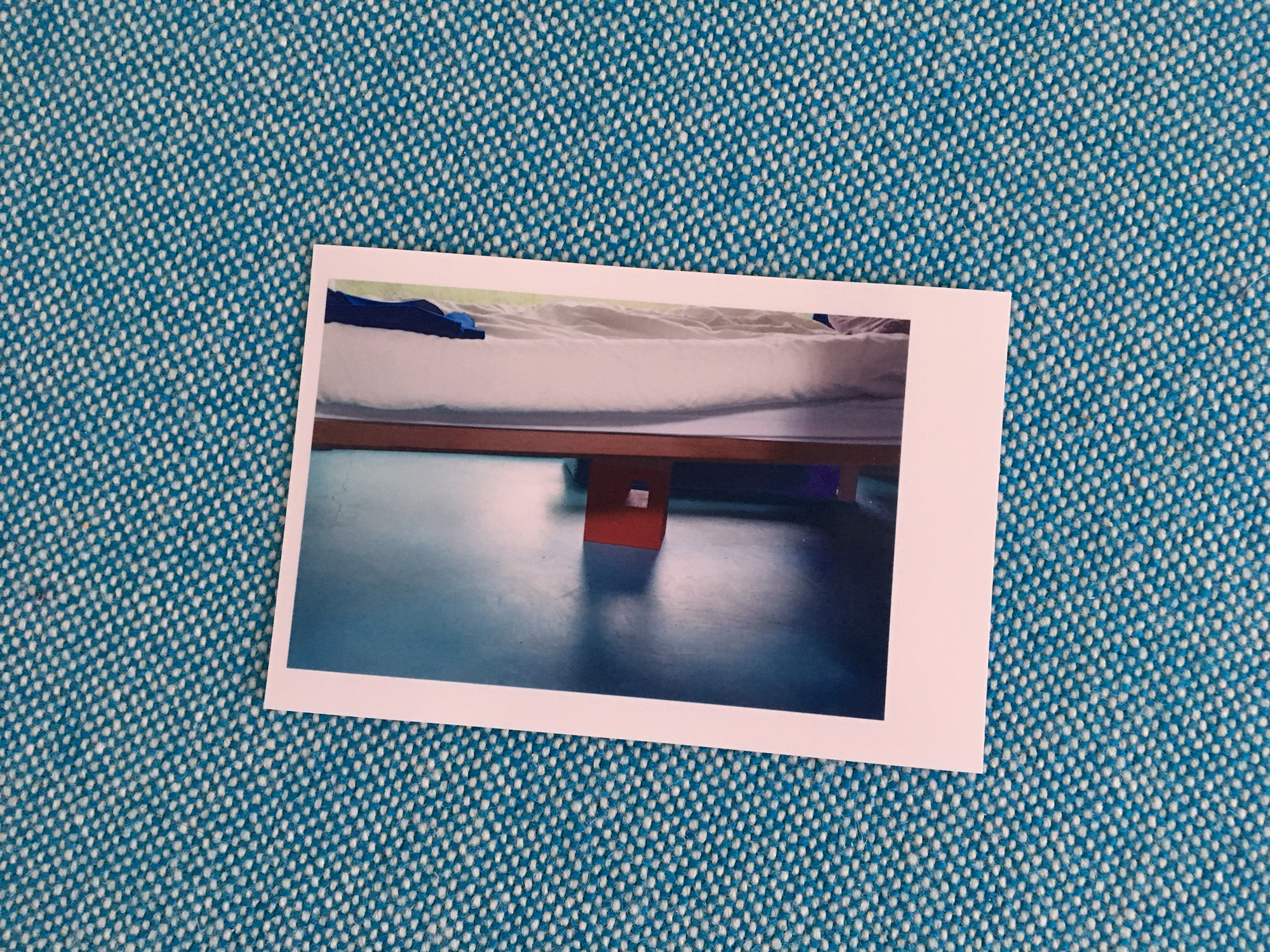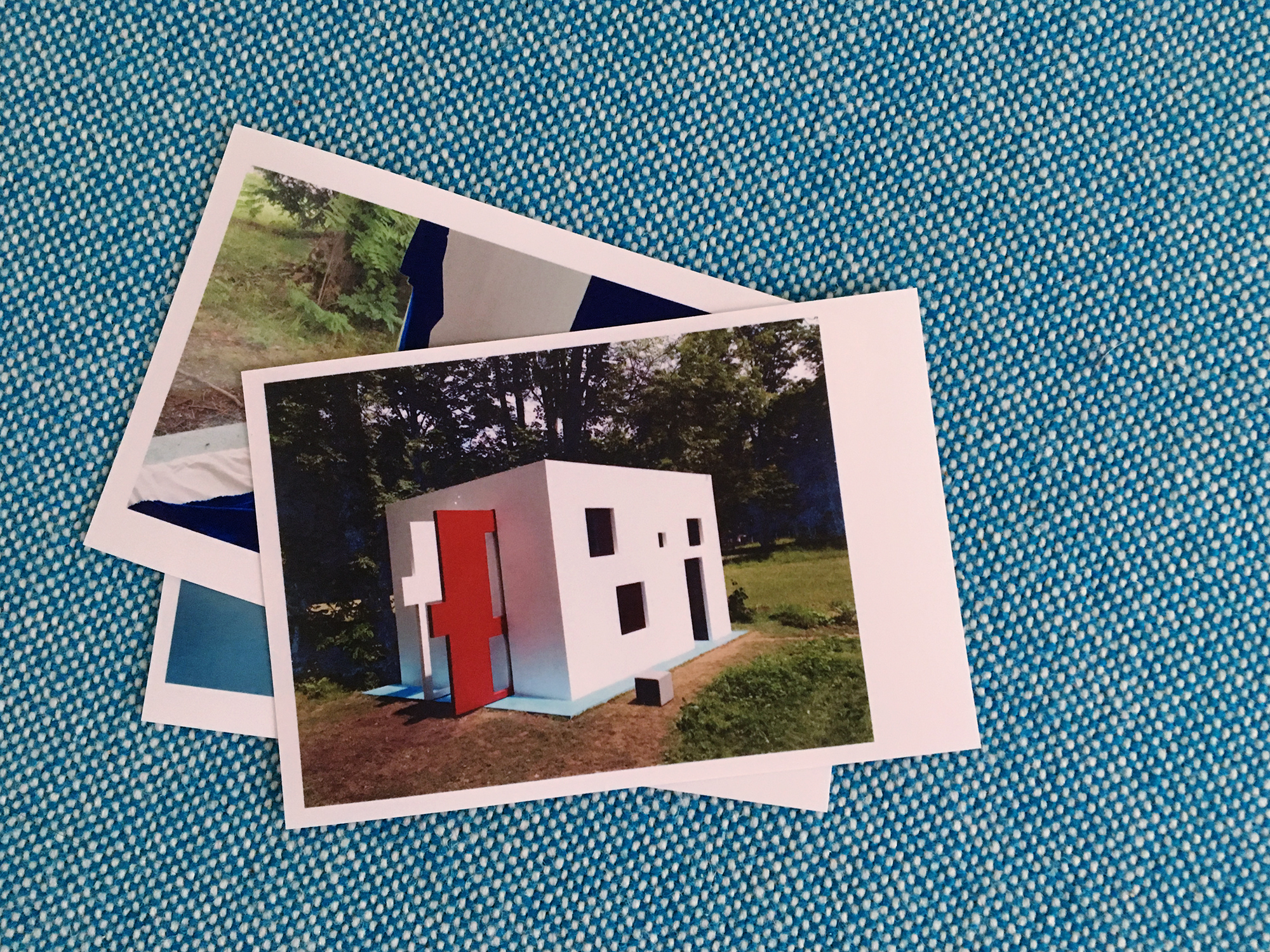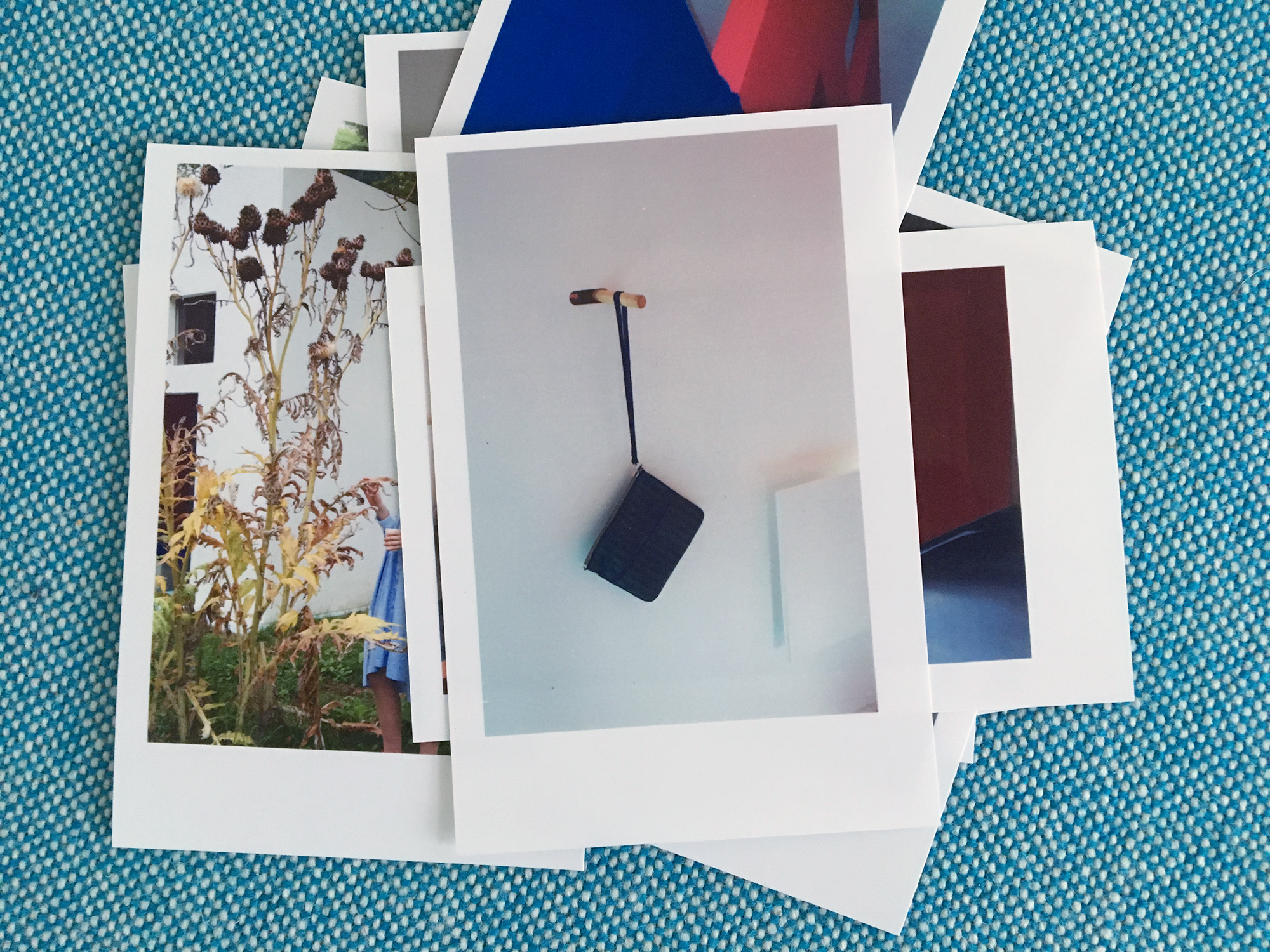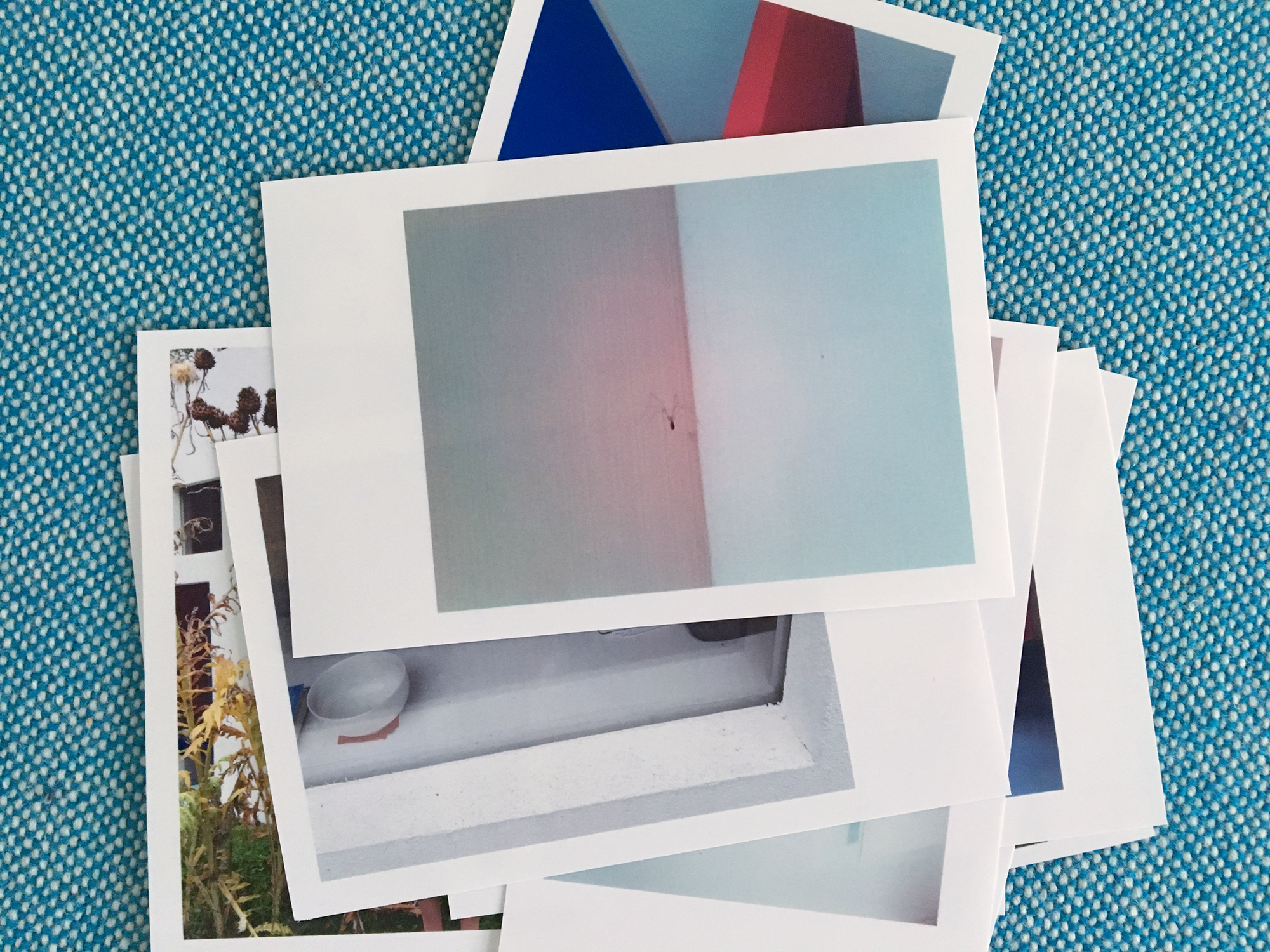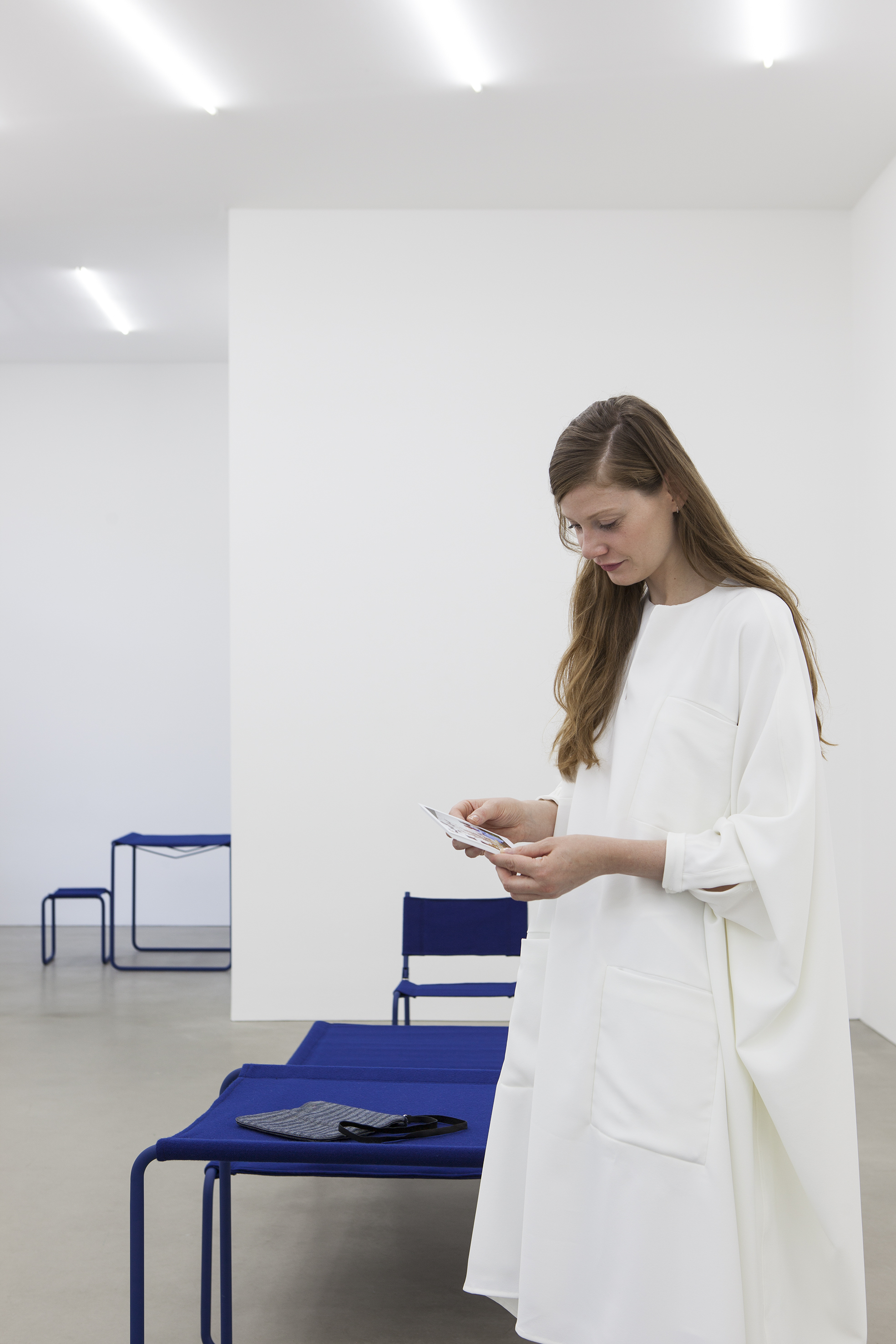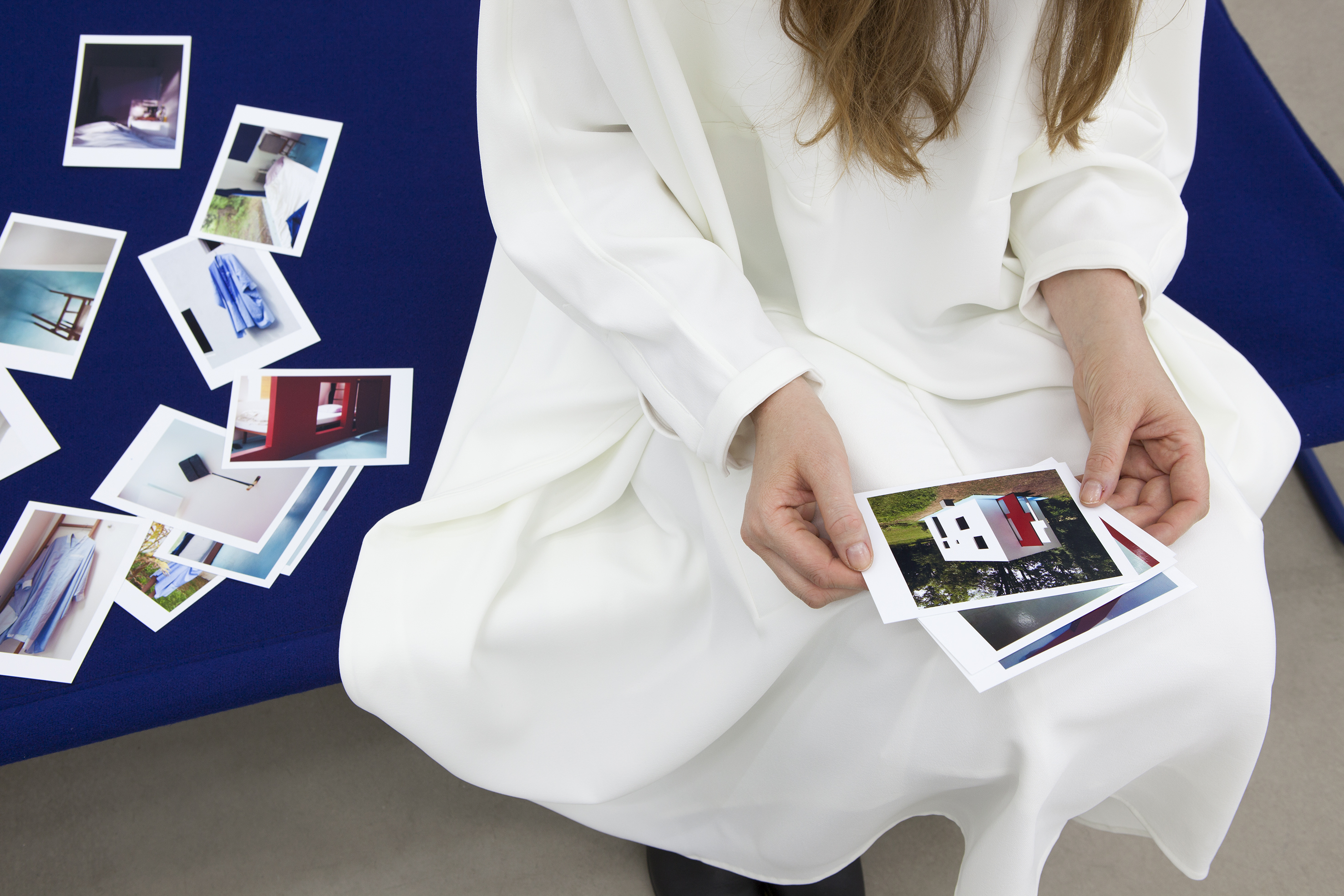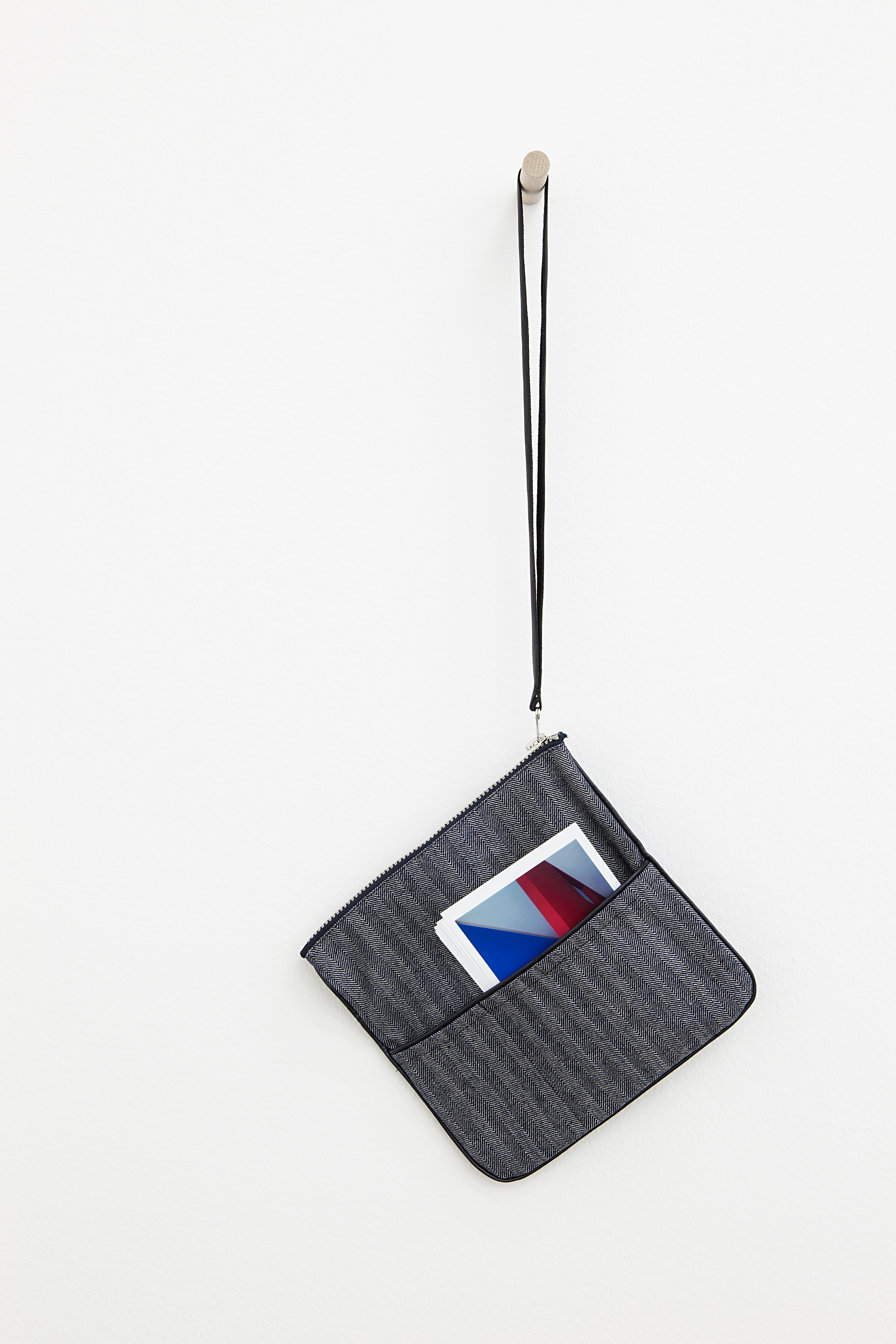


breathing house
2012 – 2017
Avenue Conti,
Pougues-les-Eaux
Parc Saint Léger
Avenue Conti,
Pougues-les-Eaux
Parc Saint Léger
The breathing house was built in the context of a solo exhibition at the Parc Saint Léger in France. Since then, twenty or so people have been invited by me to live in the house, and most of them have also contributed to a book of texts on the house. It was linked to two other exhibitions, one at Frieze London, the other at the Westfälischer Kunstverein in Münster.
The breathing house is a house that breathes. Breathing is the image that describes the relationship that it establishes with the exhibition space next to which it is placed. The exhibition is the extension of the breathing house and becomes the fourth living space by aligning itself with the three interior spaces of the house: the living, the sleeping, the working areas. These rooms are parallel and the semantic and architectural partitions that separate them are porous and have openings, allowing for circulation between them. The two interior walls of the house slide and come out of the building. The alignment of the openings changes, modifying the axes of passage. During the exhibition and after it, things and people go from one space to the next, they displace and replace themselves. At night, the daytime furniture — i. e. the table and chairs — were placed in the exhibition space. During the day they were replaced by the night-time furniture — i. e. the bed and the cube — unless the people living in the house crossed over and moved into the exhibition space during the day in order to work … These are spaces for movements and breezes.




Ulli,inhabitant
of the breathing house
An inhabitant is an art format, like the house or the exhibition. He or she travels between them, he or she is a go-between, a messenger. The inhabitant acts as a transient marker for those physical spaces.
[photo] studioflavien
[photo] andrea rossetti
Ulli Kasas is the inhabitant of the breathing house. Acting as a link between two spaces, she is the go-between the house where she lived for a week and the exhibition space of the Galerie Esther Schipper, which she visited regularly as part of the exhibition days, between placing and displacing. She would give the public an account of her presence in Parc Saint Léger, emphasizing on details insignificant to most visitors of the house, such as the cracks in the floor, the spider on the wall. Details, which she said, made the house slip from fiction into reality. She referred to her travels through the building and between cities.
Nadège Vanhee-Cybulski designed two dresses and a bag for Ulli with Yuske Okabe doing the tailoring. One dress was blue, in the breathing house. The other was white, in the exhibition. The displacement induced the color to fade and disappear.
In the exhibition space she was a visitor among other kinds of visitors.
